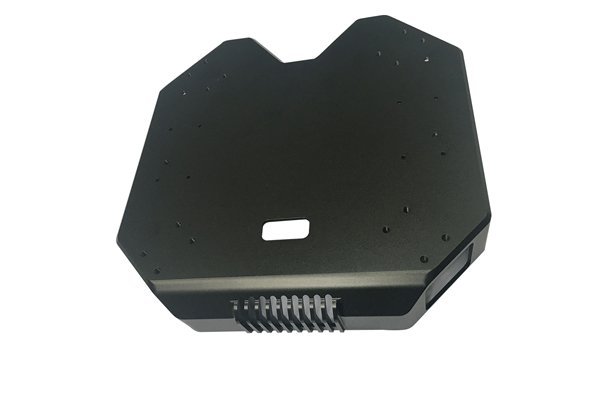Opening
Did you know that the failure of a machine component due to fatigue can happen at stress levels much lower than the material’s yield strength? In fact, studies show that nearly 90% of mechanical component failures are attributed to fatigue. This alarming statistic underscores the critical importance of ensuring that parts produced via Computer Numerical Control (CNC) machining not only meet design specifications but also exhibit adequate fatigue strength to withstand real-world applications. In this blog, we will explore how CNC machining techniques can be employed to enhance the fatigue resistance of machined parts, ensuring their reliability and performance in various demanding industries.
Content
CNC machining has revolutionized manufacturing, offering precision, repeatability, and efficiency unmatched by traditional machining methods. However, achieving optimal fatigue strength requires a nuanced understanding of metallurgical properties, machining techniques, and post-processing treatments. Here’s a detailed analysis of how to ensure that the fatigue strength of CNC machined parts meets rigorous industry standards.
The first step towards ensuring the fatigue strength of machined parts is selecting the appropriate material. Materials like titanium alloys, stainless steel, and high-strength aluminum are often favored for their superior fatigue properties. Engineers must consider factors like tensile strength, yield strength, and the material’s ability to withstand cyclic loads. Advanced materials such as composite materials and carbon fiber can also be utilized for light-weight and high-strength applications, particularly in aerospace and automotive sectors.
The design of a part significantly impacts its fatigue strength. Geometries should be optimized to minimize stress concentrators, such as sharp corners or notches that may lead to crack initiation. Engineers often use software tools that simulate stress distributions and fatigue life estimations to refine designs before moving to production. Implementing features like fillets, radiuses, and gradual transitions help in distributing the loads evenly, thereby reducing local stresses.
Once material and design are established, the machining parameters play a crucial role in determining the fatigue strength. Key factors include:

The surface quality of machined parts is directly linked to fatigue performance. A rougher surface creates stress risers that can lead to premature failure. Techniques such as polishing, grinding, and shot peening can be applied to produce smoother surfaces. Shot peening has been particularly effective in introducing compressive stresses on the surface layer, which counteract the tensile stresses experienced during operation and enhance fatigue resistance.
Heat treatment plays a pivotal role in maximizing the mechanical properties of metallic materials, which in turn impacts fatigue strength. Processes like annealing, quenching, and tempering can alter the microstructure of metals, resulting in improved hardness and tensile strength. For instance, quenching aluminum alloys can enhance their strength, while tempering them minimizes residual stresses that might lead to fatigue issues.
Incorporating post-machining processes is vital for ensuring fatigue strength. These processes may include:
Quality control processes must be integrated into the production workflow to monitor various factors such as dimensional accuracy, surface finish, and microstructural integrity. Non-destructive testing (NDT) methods such as ultrasonic testing or magnetic particle inspection can help identify subsurface cracks or defects that may compromise fatigue strength. Additionally, actual fatigue testing can be performed under controlled environments to evaluate the performance of parts, providing real data to inform future production runs.
Ensuring the fatigue strength of CNC machined parts is paramount for their longevity and performance in demanding applications. By prioritizing material selection, optimizing designs, applying effective machining parameters, ensuring high surface quality, utilizing appropriate heat treatments, incorporating post-machining processes, and implementing robust quality control systems, manufacturers can significantly enhance the fatigue performance of their products.
As industries face increasing demands for performance and reliability, the importance of understanding and improving fatigue strength in CNC machining cannot be overstated. This topic warrants serious consideration for engineers, manufacturers, and stakeholders alike. The methods we discussed serve as a framework to uphold the integrity of machined components and maintain the standards required in today’s competitive market. As technology continues to advance, keeping abreast of these practices will not only safeguard product performance but also contribute to innovations in design and manufacturing methodologies.
In conclusion, by employing a multifaceted approach that encompasses material science, advanced machining techniques, and thorough quality control, we can ensure that CNC machining produces parts that are not just functional but also resilient against fatigue failures. This commitment to excellence is what sets successful manufacturers apart in an ever-evolving landscape.






